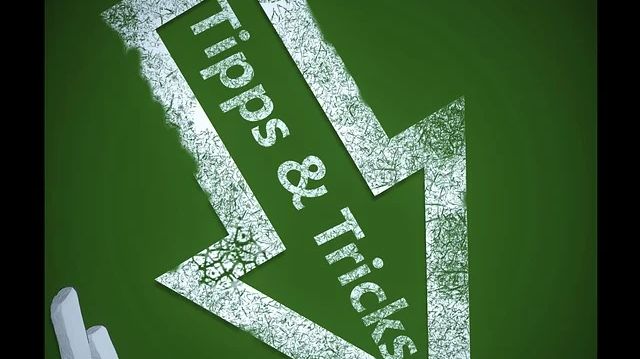Transcribing oral history interviews can be a daunting task, but it is also an essential one for making the recordings accessible and searchable. Here are some general tips on how to organize your oral history transcripts:
- Use a consistent format and style throughout your transcript. For example, you can use a header with the interviewer’s name, the interviewee’s name, the date and location of the interview, and any other relevant information. You can also use a footer with the page number and the name of the project or collection.
- Use timestamps to indicate the start and end of each segment or topic. This will help you and your readers to navigate the transcript and find specific parts of the interview. You can use a format like [00:00:00] or [hh:mm:ss] to mark the timestamps.
- Use punctuation and capitalization to make the transcript readable and clear. You can follow the conventions of standard written English, or you can use your own style as long as it is consistent and understandable. For example, you can use quotation marks to indicate direct speech, commas to separate clauses, and periods to end sentences.
- Use brackets or parentheses to add any clarifications, corrections, or comments that are not part of the original speech. For example, you can use [inaudible] or [unclear] to indicate parts of the recording that are difficult to hear or understand, [laughter] or [pause] to indicate non-verbal sounds or expressions, and [sic] to indicate errors or unusual spellings in the original speech.
- Use ellipses (…) to indicate omissions or interruptions in the speech. For example, you can use ellipses to skip irrelevant or repetitive parts of the interview, or to indicate when the speaker trails off or changes the topic.
- Use italics or bold to emphasize words or phrases that are stressed or important in the speech. For example, you can use italics to indicate foreign words, technical terms, or titles, and bold to indicate key words or concepts.
In Summary
By following these tips, you can ensure that your oral history transcripts are accurate, well-structured, and reliable. Whether you’re conducting interviews for research purposes or preserving personal stories, organizing your transcripts effectively is essential for capturing and sharing valuable information. We hope that these tips have provided you with valuable insights and practical guidance on how to organize your oral history transcripts.
If you have any questions or would like to share your own experiences, feel free to leave a comment below. Also keep us in mind for any of your transcription needs and remember, always be kind, try to stay positive and learn to unwind.
